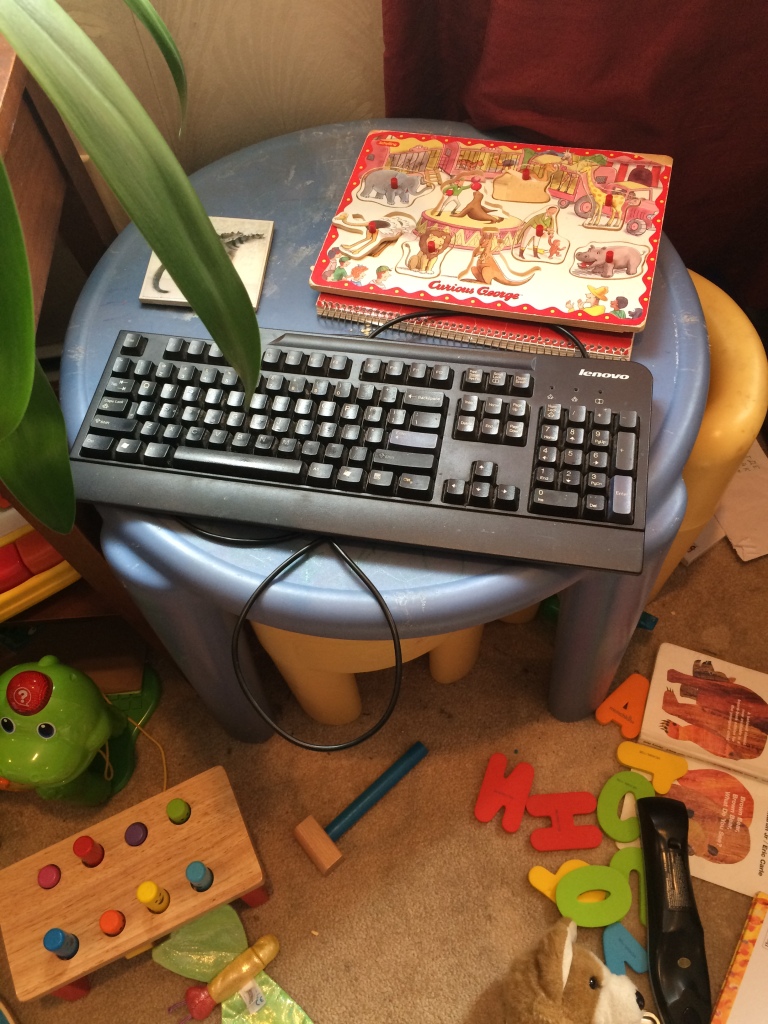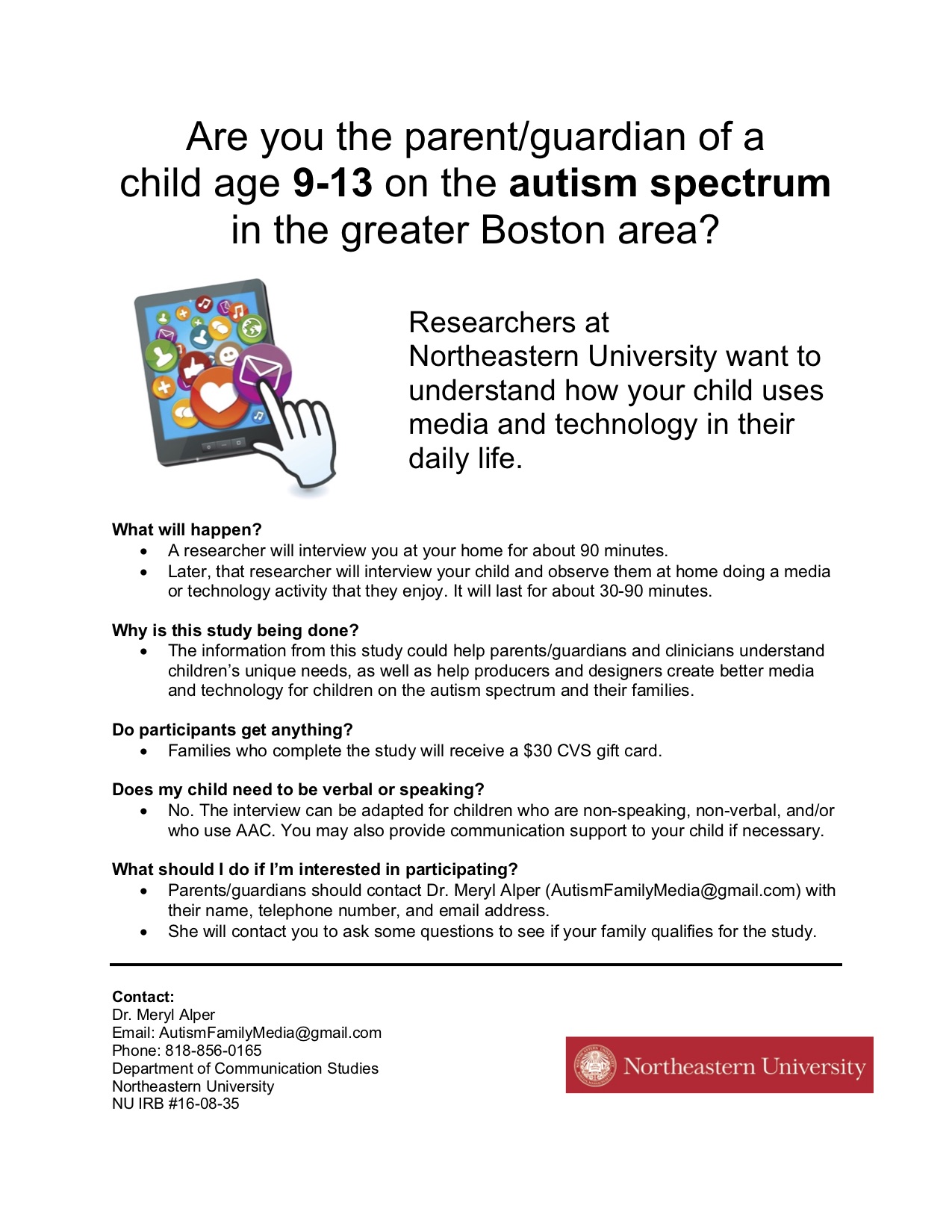I like to do a mass PDF printing before the holidays of any “must-read” journal articles in the communication, technology, and society space published over the past year that I may have missed or filed away for later reflection. (I read plenty on screens all year, and like to wind down over winter break with pens, paper, and lots of underlining.)
After soliciting suggestions from my aca-social network, I’ve compiled a list below for 2017 (one that is by *no means exhaustive*). Besides journal articles published in 2017, there are a number of white papers on the list, as well as articles published at the end of 2016 that may have flown under the radar.
The “General” must reads are the kinds of pieces that I could envision finding a place on a Communication Ph.D. student’s qualifying exams lists, while the “Personal” must reads are those that speak to my particular scholarly interests (disability and digital media, mobile communication, and kids/family technology use.)
I’m open to any feedback, as well as further recommendations based on these. Happy reading (and underlining)!
General
Adrienne Shaw, Encoding and decoding affordances: Stuart Hall and interactive media technologies, Media, Culture & Society.
Alice Marwick and Rebecca Lewis, Media Manipulation and Disinformation Online, Data & Society.
Angèle Christin, Algorithms in practice: Comparing web journalism and criminal justice, Big Data & Society.
Bonnie Ruberg, What is your mother’s maiden name? A feminist history of online security questions, Feminist Media Histories.
Caroline Jack, Lexicon of Lies: Terms for Problematic Information, Data & Society.
Fred Turner, Can we write a cultural history of the Internet? If so, how?, Internet Histories.
John Durham Peters, “You Mean My Whole Fallacy Is Wrong”: On technological determinism, Representations.
Megan French and Natalya N. Bazarova, Is anybody out there?: Understanding masspersonal communication through expectations for response across social media platforms, Journal of Computer-Mediated Communication.
Nabiha Syed, Real talk about fake news: Towards a better theory for platform governance, The Yale Law Journal Forum.
Sandra K. Evans, Katy E. Pearce, Jessica Vitak, and Jeffrey W. Treem, Explicating affordances: A conceptual framework for understanding affordances in communication research, Journal of Computer-Mediated Communication.
Simone Natale, There are no old media, Journal of Communication.
William R. Hobbs and Moira Burke, Connective recovery in social networks after the death of a friend, Nature Human Behaviour.
Personal
Benjamin Burroughs, YouTube Kids: The app economy and mobile parenting, Social Media + Society.
Elisabeth L. Miller, Literate misfitting: Disability theory and a sociomaterial approach to literacy, College English.
Heather A. Faucett, Kate E. Ringland, Amanda L. L. Cullen, and Gillian R. Hayes, (In)visibility in disability and assistive technology, ACM Transactions on Accessible Computing.
Leon J. Hilton, Avonte’s Law: Autism, wandering, and the racial surveillance of neurological difference, African American Review.
Marleena Mustola, Merja Koivula, Leena Turja, and Marja-Leena Laakso, Reconsidering passivity and activity in children’s digital play, New Media & Society.
Pooja Rangan, In defense of voicelessness: The matter of the voice and the films of Leslie Thornton, Feminist Media Histories.
Rayna Rapp, Big data, small kids: Medico-scientific, familial and advocacy visions of human brains, BioSocieties.




